(WORK IN PROGRESS) LET RIP: DYMAXION HOMOFILE: REVISITING MY TEENAGE SCRAPBOOK 30 YEARS LATER AS A GAY MAN
I remember video recording Pray by Take That on ITV The Chart Show onto VHS in 1993 and playing the few second clip of Jason Orange in his underwear over and over again until the tape snapped. My burgeoning homoerotic imagination was on fire but what was fuelling this were images of men intended for a straight female audience.
LET RIP: DYMAXION HOMOFILE is a performance poem about what it was like for me to realise I am gay when I was surrounded by mainstream heteronormative pop culture in 1990s homophobic Britain. The words of the poem will directly reference images within a scrapbook that I kept when I was a teenager in the 1990s for 5+ years – my personal private archive of images that in many ways helped to shape my understanding of (gay) male desire. These scrapbook images will form the basis for the moving imagery that I use as part of my Zoom performance work and also for then the poem is presented in video poem form.
The title Dymaxion Homofile is a play on words of Dymaxion Chronofile, architect Buckminster Fuller's very large scrapbook which he documented his life every 15 minutes from 1920 to 1983 (below).
In 1993 when I was 15/16 whilst at high school, my art teacher suggested that I keep a scrapbook of images. Inspired also by my mum's love of collecting postcards and sticking them and collected bits and pieces (train tickets/tourist brochures etc. from holidays into scrapbooks, between 1993-1999, this turned into a 6-year self-guided project! Between 1993-1999, as a teenager, I kept a scrapbook of found imagery, of newspaper and magazine cuttings mainly from magazines for teenagers like Look In and Smash Hits but also of images from National Geographic Magazine and Germany’s Stern, of pieces of printed ephemera from around the world
 |
| FRONT COVER 1997 BACK COVER 1997 |
Hundreds of images collaged together over many many pages that now exist digitally, as the original physical scrapbook has been destroyed. In my mid-late teens, I realised that I was gay. Before the breakthrough moment of me reading Gay Times in my late teens (stealing copies of Gay Times and smuggling them into my bedroom without my parents seeing), the way that I accessed images of guys that I fancied would be through imagery in mainstream (straight) pop culture, often through music magazines like Smash Hits where I fancied pin-ups designed for a teenage girl audience. And not just in teen magazines but through images of (straight) men on TV and in all kinds of other printed media. When I was able to catch a glimpse of a gay man on TV, I did not often identify with him. Normally presented as overtly camp, I fancied a more ‘straight-acting’ guy and therefore was drawn to straight men.Inspired by Crawford Barton’s home movies which documented his life as a child and then into adulthood with his male partner, LET RIP: DYMAXION HOMOFILE revisits my teenage scrapbook through the lens of my (now adult) queer eye. In Reel in the Closet (2015), the narrator talks about Barton’s home movies that he made over many decades and says ‘they’re (Barton and his male partner) interested in the same things as everybody else but at the same time there’s a definite queer eye behind the camera’. What can I learn about myself by revisiting the scrapbook? How did these scrapbook images (unbeknownst to me at the time) speak of me exploring my (homo)sexuality as a teenager?
 |
| MY BEDROOM CIRCA 1996 WITH CORKBOARD (TOP LEFT) |
My previous LET RIP films; A PERSONAL HISTORY OF SEEING AND NOT SEEING (2019), THE BEAUTIFUL GAME (2020) and BODIES (LEAN AND RIPPED) built up a sophisticated linguistic system of collaging images from my personal archive of artworks mixed in with found ephemera and moving image footage (for example football matches in 1990s on YouTube) to build up an arresting body of work that recycles my archive into the present. Their success is demonstrated by the many international film festivals that they have been shown in for example Wicked Queer 2021 in Boston USA and Visions 2020, at the Nunnery in London.
These films then provided the green screen Zoom backgrounds for my later performance poetry works made in 2021 including CLEVER AT SEEING WITHOUT BEING SEEN and BODIES OF DESIRE: STICK YOUR STEREOTYPES with arresting effect and similar public and critical acclaim where these works have been invited to be performed at a number of events online from a range of hosts internationally.
This self-tape includes shortened versions of these two works.*CLICK to PLAY*
Exploring the power of re-quoting myself by having motifs that are recontextualised, the green-screen imagery accompanying the Zoom performance will employ the action and sonic motif of ripping as in Let Rip: A Personal History of Seeing.. (2019). Each word or each phrase within the poem incorporates different parts of the scrapbook imagery and the content of the poem will reflect upon how I understand the significance of that imagery now as an out gay man in my forties. Like layers of a painting, each page of the scrapbook imagery will form one layer juxtaposed with other pages/ layers. The rips and tears and the turned-up edges of the scrapbook printed material now as digitised images appear flat on the computer screen. I will employ green-screen processes to achieve seductive surfaces to beckon the viewer to want to see them in real life thus making the reality of viewing the now-destroyed physical scrapbook in the flesh even more desirable.
As Covid-19 restrictions lift, I would like to use photocopies versions of the pages I have as forming a background in the real space for me to perform the poem in with the new imagery experiments projected onto my body in physical space extending how I currently do so with Zoom. By wallpapering the space, the space then becomes the book.
Below is a small selection of the many digitalised scrapbook pages





















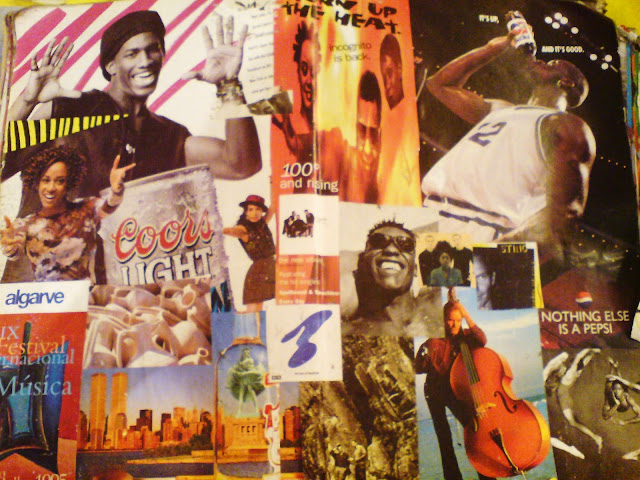

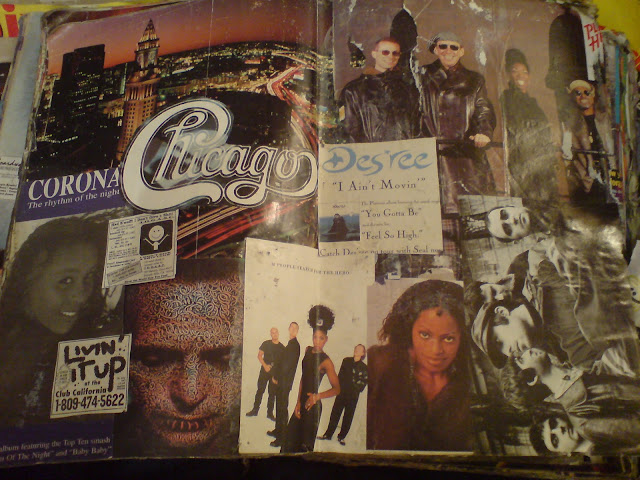


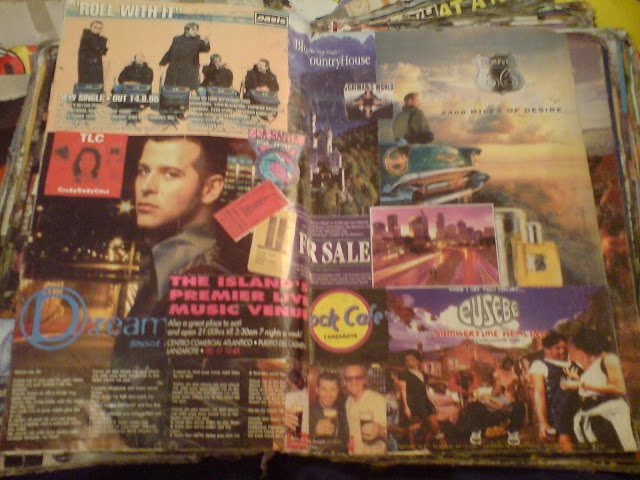













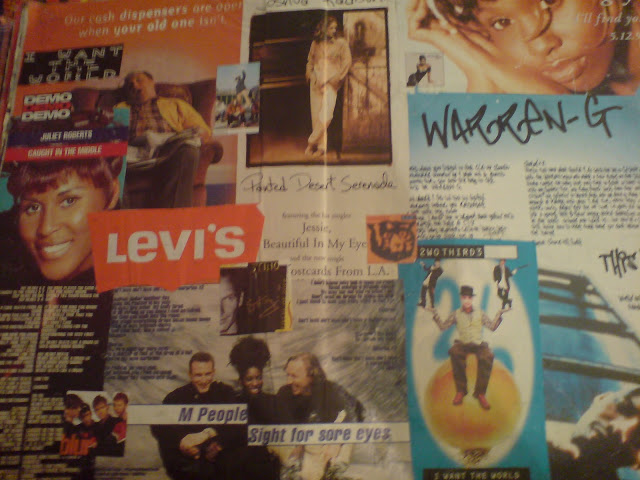










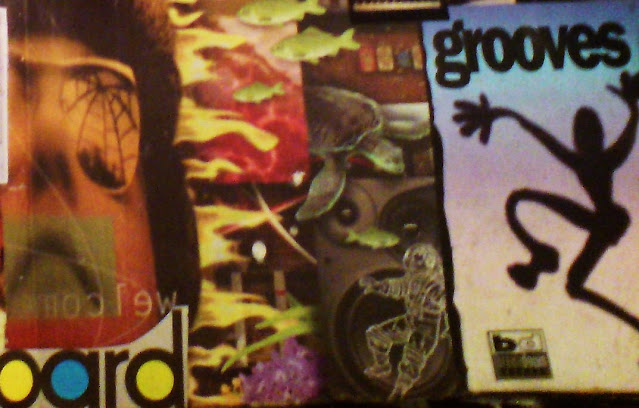

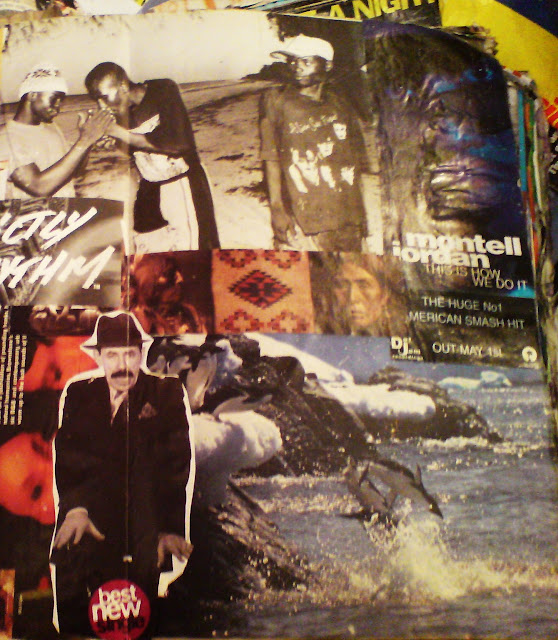



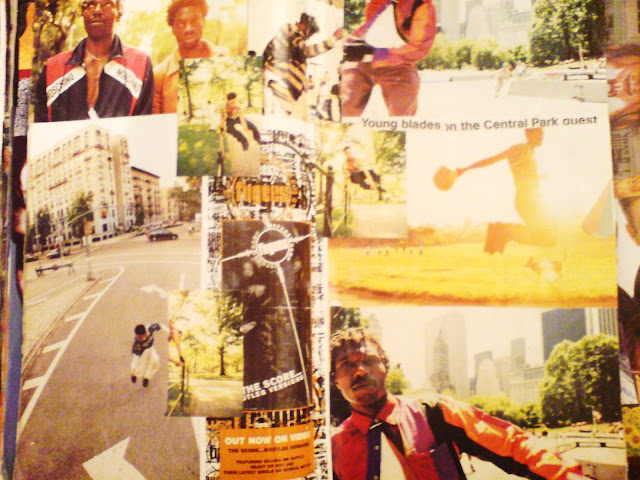
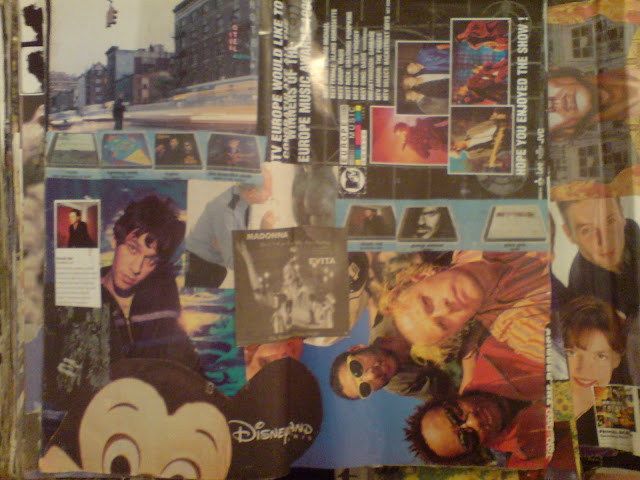
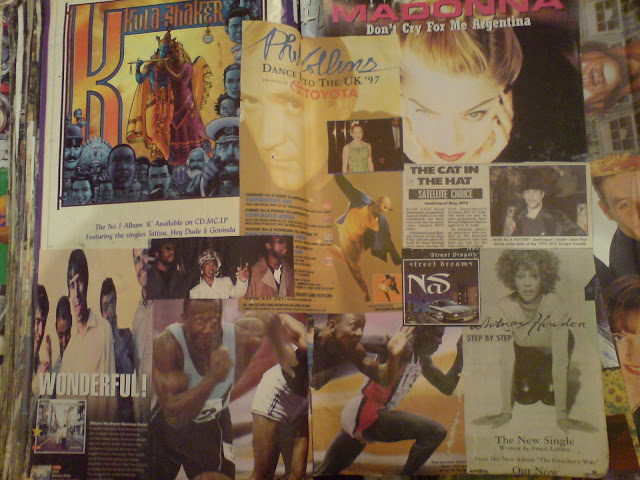







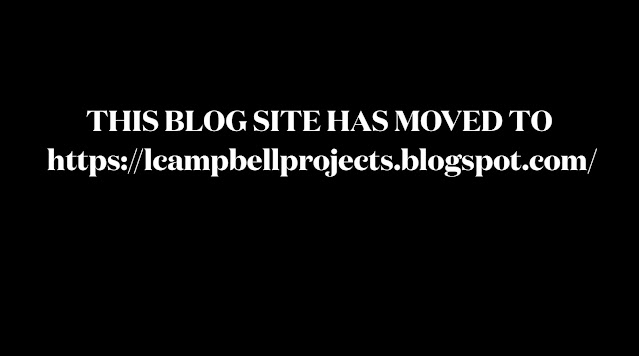

Comments